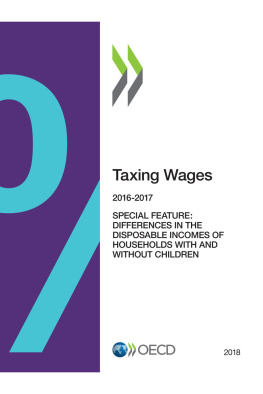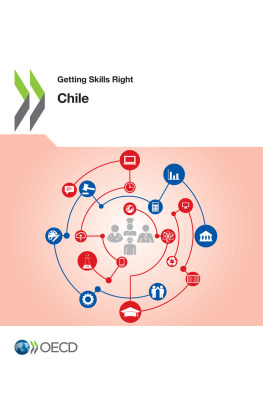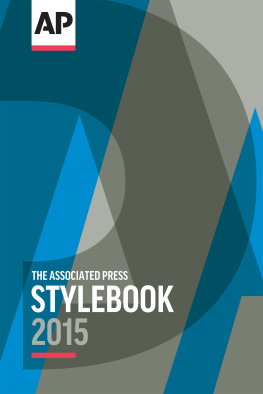coll. - The Associated Press Stylebook 2018
Here you can read online coll. - The Associated Press Stylebook 2018 full text of the book (entire story) in english for free. Download pdf and epub, get meaning, cover and reviews about this ebook. year: 2018, publisher: The Associated Press, genre: Politics. Description of the work, (preface) as well as reviews are available. Best literature library LitArk.com created for fans of good reading and offers a wide selection of genres:
Romance novel
Science fiction
Adventure
Detective
Science
History
Home and family
Prose
Art
Politics
Computer
Non-fiction
Religion
Business
Children
Humor
Choose a favorite category and find really read worthwhile books. Enjoy immersion in the world of imagination, feel the emotions of the characters or learn something new for yourself, make an fascinating discovery.
The Associated Press Stylebook 2018: summary, description and annotation
We offer to read an annotation, description, summary or preface (depends on what the author of the book "The Associated Press Stylebook 2018" wrote himself). If you haven't found the necessary information about the book — write in the comments, we will try to find it.
The Associated Press Stylebook 2018 — read online for free the complete book (whole text) full work
Below is the text of the book, divided by pages. System saving the place of the last page read, allows you to conveniently read the book "The Associated Press Stylebook 2018" online for free, without having to search again every time where you left off. Put a bookmark, and you can go to the page where you finished reading at any time.
Font size:
Interval:
Bookmark:
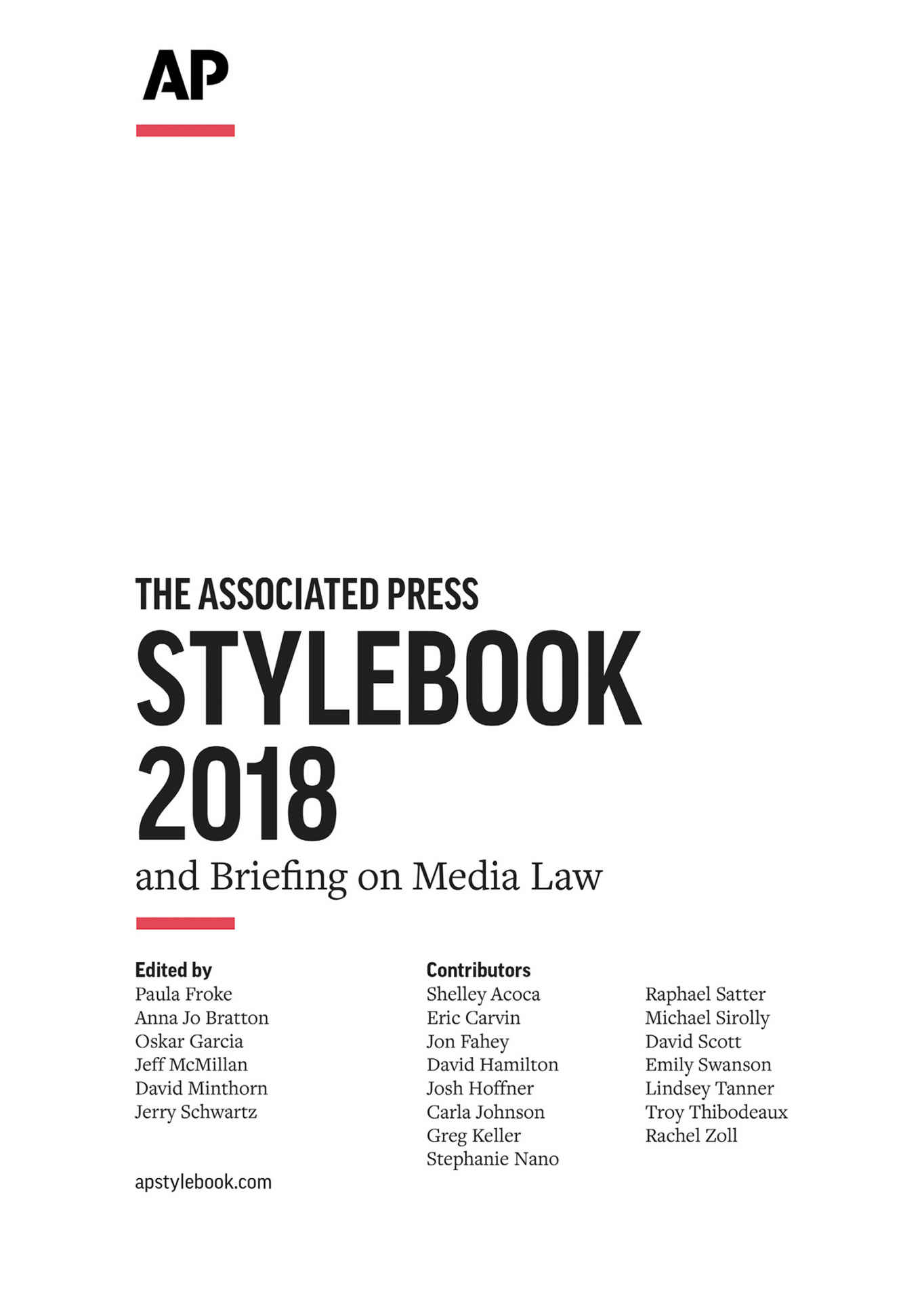
In memory
of
SALLY JACOBSEN
|
The first Associated Press Stylebook was 60 pages, bound together with staples, a basic guide for newswriting. It has evolved into a comprehensive reference manual that fills more than 600 pages and and is published across an array of digital platforms, encompassing the collective wisdom of the AP staff and Stylebook readers. Despite drastic changes in the media landscape, one constant remains: The AP Stylebook is a definitive resource for writers.
Todays Stylebook still outlines basic rules on grammar, punctuation, usage and journalistic style, but it also reflects changes in common language, offers guidance on media law, explains APs news values and principles, and helps to navigate the ever-changing world of social media.
A team of top AP editors meets throughout the year to make updates and improvements, many of which appear immediately in Stylebook Online. Contributions come from the AP staff, APs member news organizations and subscribers, journalism teachers and students, specialists in a host of fields, and everyday readers. Indeed, some of the most-talked-about changes have come at the suggestion of @APStylebooks Twitter followers.
Every update is deeply rooted in respect for language and commitment to the original goal: to be clear, fair and concise around the globe, no matter what the news is or where it happens.
Whether you access it in print or online, The Associated Press Stylebook remains an essential tool in newsrooms, classrooms and boardrooms alike, the perfect resource for journalists and anyone who cares about good writing.
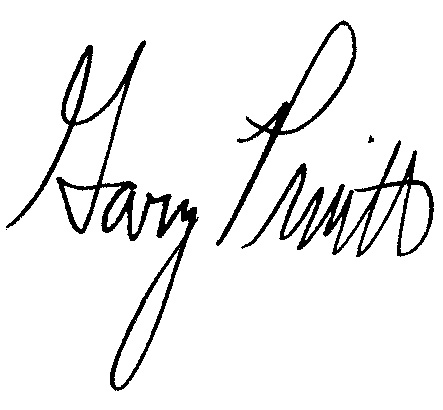
Gary Pruitt
President and Chief Executive Officer
Since 1846, The Associated Press has been on the scene wherever news is breaking. AP is a not-for-profit newsgathering cooperative whose content across subjects, formats and continents is seen by half of the worlds population every day. Our unmatched expertise in global newsgathering, distribution and service makes AP the most trusted, definitive source for news.
The APs mission is to get it first but first get it right, and to be the first choice for news, by providing the fastest, most accurate reporting from every corner of the globe across all media types and platforms.
Headquartered in New York, AP delivers coverage of news, sports, business, weather, entertainment, politics, lifestyles and technology in text, audio, video, graphics, photos and interactives. AP is also a leader in developing and marketing innovative newsroom technology and newsgathering services.
AP does what it takes to get the story, even in the worlds most dangerous and challenging places. Our global network of journalists work in 254 locations in 101 countries worldwide. Journalists staff every statehouse in the United States, providing unrivaled access to more sources of information and newsmakers.
The extensive network that is the AP grew from a single notion more than a century and a half ago: Cooperation can help authoritative news reach readers faster.
In late 1846, hostilities began in what would become the Mexican War. American newspapers, most based in the Northeast at the time, faced huge obstacles in reporting the conflict.
War reports for the New York Sun were sent from Mexico to Mobile, Alabama, by boat, rushed by special pony express to Montgomery and then 700 miles by U.S. Mail stagecoach to the southern terminus of the newly invented telegraph near Richmond, Virginia. That express gave the Sun an edge of 24 hours or more on papers using regular mail.
But Moses Yale Beach, the Suns publisher, relinquished that advantage by inviting other New York publishers to join a cooperative venture that would avoid duplication of effort by sending one so-called agent, or newsgatherer, to act for the many. Five newspapers signed on: the Sun, the Journal of Commerce, the Courier and Enquirer, the Herald and the Express. It was the beginning of the AP.
AP assumed its modern legal form in 1900 when it incorporated as a not-for-profit cooperative under the Membership Corporation Law of New York state. Today, the AP membership elects the board of directors, the cooperatives governing body.
AP staffers are governed by a comprehensive ethics statement, available for viewing at https://www.ap.org/about/our-story/news-values
More than 170 years since its inception, AP remains the undisputed source for news, delivering fast, unbiased news globally to all media platforms and formats.
In this edition of the AP Stylebook
This edition of the Stylebook contains about 200 new and modified entries.
We expanded and updated our polls and surveys guidance in a new chapter, and we added an entry with guidance on the terms act, amendment, bill, law, measure, ordinance, resolution, rule and statute.
A new entry on sexual harassment and sexual misconduct notes the need to be as specific as possible in describing the kinds of behavior being alleged or admitted. If a shorter term is needed, for example in a headline, AP uses the term sexual misconduct.
We added a survivor, victim entry, which says to use those terms with care because they can be imprecise and politically and legally fraught. In the immigration entry, we expanded our guidance on the term Dreamer and added guidance on the term chain migration.
We say the terms biracial or multiracial are acceptable, when relevant, but try to be specific about a persons background when its pertinent. Avoid mixed-race unless the story subject prefers that term. A new boy, girl entry notes the need for racial sensitivity about the word boy.
Another new entry discusses the terms fetus and unborn baby.
A new marijuana, medical marijuana entry adds more terminology and usage details. We updated some guidance in the gender entry and the LGBT, LGBTQ entry.
We say to avoid the term Eskimo except when paired with a groups ethnic name in Alaska: a Cu'pik Eskimo, for example. The term Inuit is used in Canada, Greenland and by some groups in northern Alaska. We note that the term Aborigine, referring to aboriginal people in Australia, is considered offensive by some and should be avoided.
In the political parties and philosophies entry, we say to avoid the term progressive as a political descriptor except in quotes or the names of organizations or political parties.
How do you quote emoji? Find the answer in a new section of our quotations in the news entry. And: We now use emoji for the plural.
Other new entries include: lists, bulleted lists; BASE jumping; LEED; chronic traumatic encephalopathy; HIPPA; coworking; gig economy; timeshare; storm names; fire names; U.S. territories; St. Barts, St. Martin; Western Wall; Gulf Cooperation Council.
We dropped our rule that two objects must be in motion before they can collide. Other changes: no hyphen in 3D; no hyphen in breastfeed, breastfeeding, breastfed; one word for homepage and smartwatch; and Walmart in all uses in line with the companys change. We now say its OK to start a sentence with a numeral-and-letter combination:
Next pageFont size:
Interval:
Bookmark:
Similar books «The Associated Press Stylebook 2018»
Look at similar books to The Associated Press Stylebook 2018. We have selected literature similar in name and meaning in the hope of providing readers with more options to find new, interesting, not yet read works.
Discussion, reviews of the book The Associated Press Stylebook 2018 and just readers' own opinions. Leave your comments, write what you think about the work, its meaning or the main characters. Specify what exactly you liked and what you didn't like, and why you think so.









